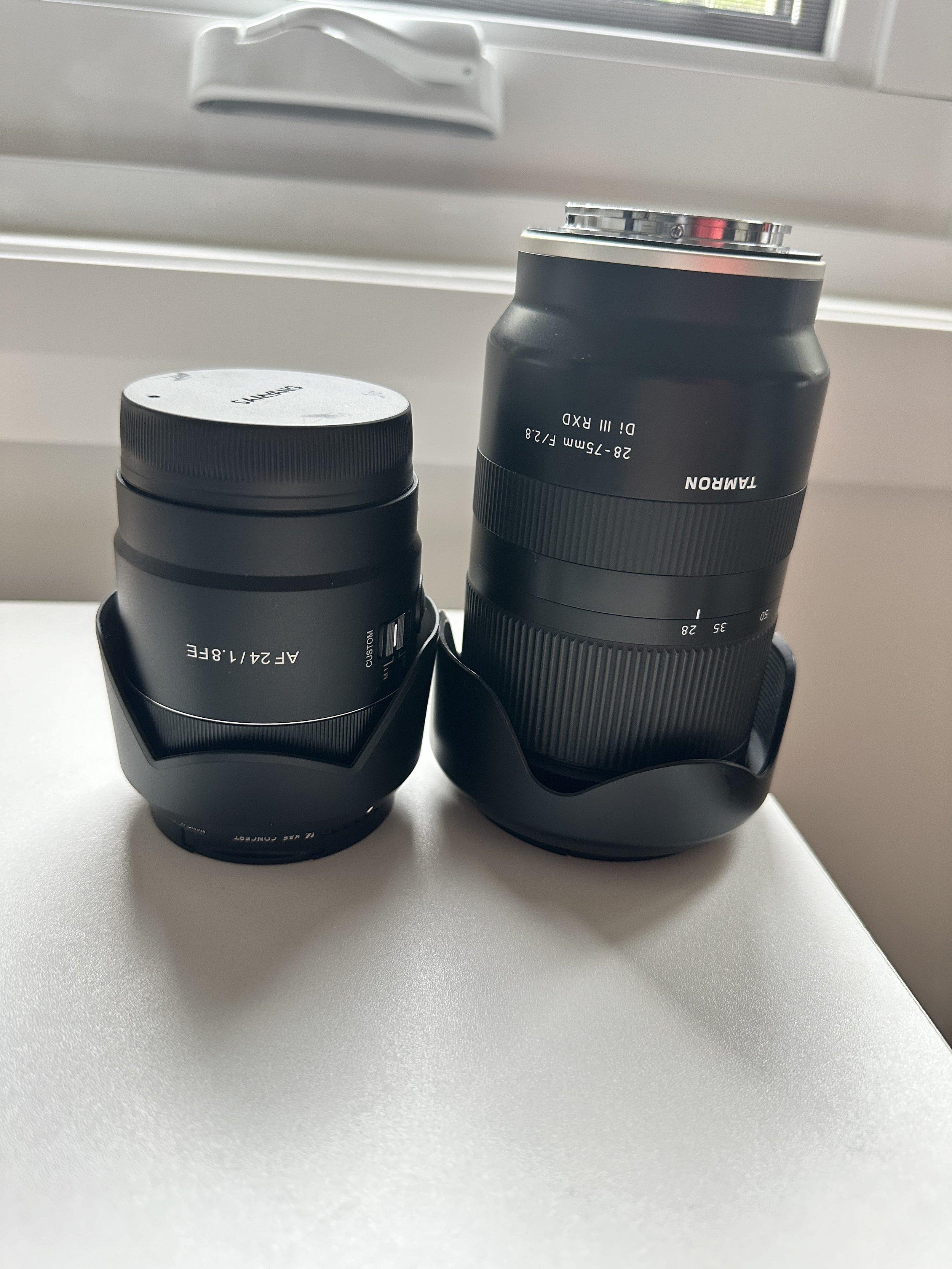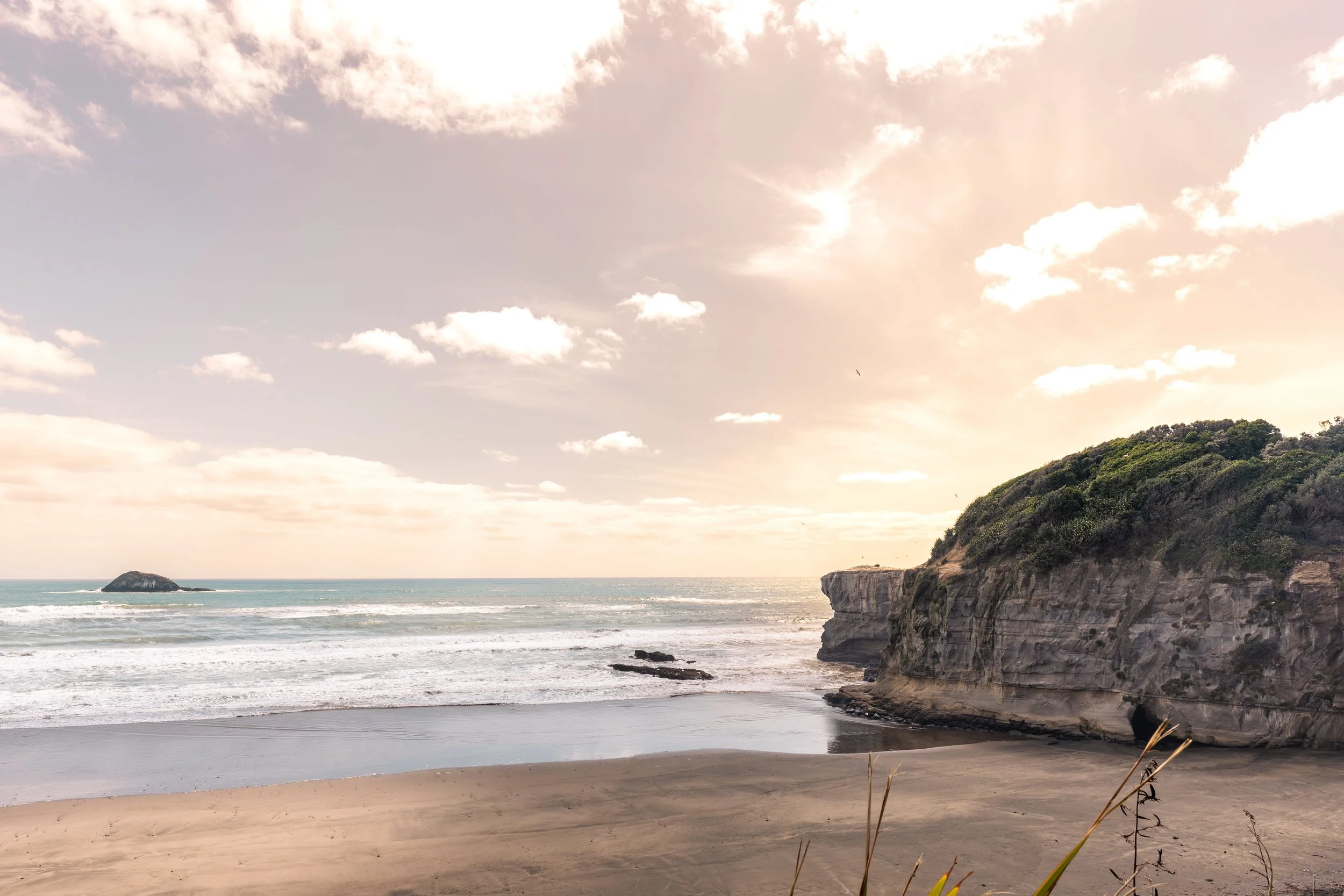A real life review of the Samyang 24mm f1.8 for Sony
After over 5+ years of being a photographer, I thought it was finally time that I got a prime lens. Up until now, all my work was shot on one of two zoom lenses - a 28-75mm f2.8, or a 70-200mm f2.8. Now don't get me wrong, I still absolutely adore these lenses, however since upgrading to the more compact Sony A7CII, I have been slowly researching lenses that are significantly smaller that I could easily use as an everyday lens, or a perfect travel companion.
I came across Samyang's tiny series of lenses, which are quite affordable and put up stats that compare to lenses significantly more expensive: in this case, I am reviewing the Samyang 24mm f2.8 which retails for around $750 AUD compared to $1,549 AUD for the closest spec Sony lens I could find which is the Sone Carl Zeiss 24mm f1.8.
Now, two quick things I need to mention:
I was sent this lens from Samyang to review, however, I am under no obligation to say anything specific, nor did this need to be reviewed by Samyang prior to posting.
This is not going to be a technically heavy review, just a real-life, real-world chat about how I found this lens. There are so many reviews out there by people much more technical than me if that's what you are after haha
First Impressions
The unboxing experience is pretty standard for a lens, as all people really care about is getting the lens out of the box, and on to their camera! The first thing I noticed and quite liked was that it came with/inside of a semi-hard zip case to protect the lens - super handy if you just want to throw this in a bag that doesn't have dedicated spaces for lenses (which I plan on using when I travel with it). The second thing I immediately noticed as soon as I picked it up was how light it was...suuuuper light! I had to look it up and turns out it weighs around 230g which is under half the weight of the normal lens I tend to keep on my camera.
When I attached it to my camera for the first time, the size felt so appropriately balanced to the body of the camera - it made me excited to get out there and start shooting with it.
What do I plan to shoot with it?
Quite a lot of my client work is for architectural photography and interior photography. Having a lens that little bit wider than I currently have makes shooting these scenes a lot easier (not to mention having an aperture of f1.8 makes for detail shots in darker areas that little bit lighter which I am very grateful for). In addition, I will be taking this little lens with me to New Zealand in 2 weeks from the time of writing this which I will include below. I could have omitted this section, but I just wanted to write in a freeform fashion, which I feel is more authentic.
My experience with the Samyang 24mm f1.8 in New Zealand
I'll be honest and say that I was initially hesitant to primarily use this lens as I have never restricted myself to just using a prime lens before, so there definitely were some times where I brought along my whole backpack juuuuust in case I felt another lens was more appropriate. After a couple of days, I realised how much easier and more convenient it is to just commit to one lens, not bring a backpack everywhere, and take on the challenge of being restricted to one focal length. To my surprise, I quite enjoyed the freedom. The 24mm focal length was perfect for the landscape and architecture shots I wanted to take, as well as environmental portraits which I loved the look of more than I expected I would (normally I prefer 70-200mm for portraits). I didn't really notice much distortion in the lens, and any that did appear was easily fixed up in Lightroom.
Here are some photos I took showing the range of photo styles that can be shot on this lens:
Not only that, but after bringing the photos into Lightroom I noticed that, due to a combination of the sharpness of the lens and the higher megapixel count on most modern mirrorless cameras, I have a lot more room to crop into an image while still maintaining a clear image:
It was so easy to have on me at all times and I think that + the versatility in the types of images it can capture makes it well worth the money. The autofocus felt fast, especially considering it is a third-party lens - it managed to track moving subjects with ease and was quick to respond when I used the touchscreen to focus. The only thing I will call out, which is more applicable to videographers, is that the focus motors were noticeably louder than the other lenses I own and I can see that if you were using an on-camera mic, chances are some of the noise would be captured. However, if you are using a wireless lav mic then you will have zero issues in that department.
Closing thoughts
Overall, I'm very impressed by the performance and versatility of such a small lens. Definitely something I see myself using often and with my upcoming trips this year, I feel it will be one of the main lenses I keep on my camera while out exploring new cities.












